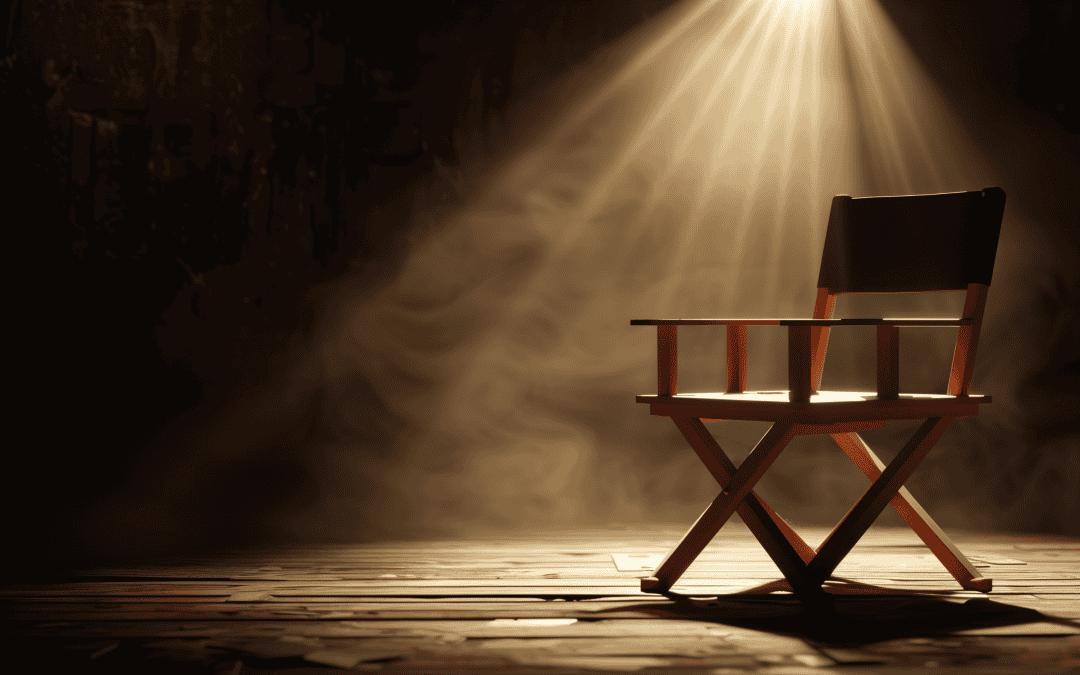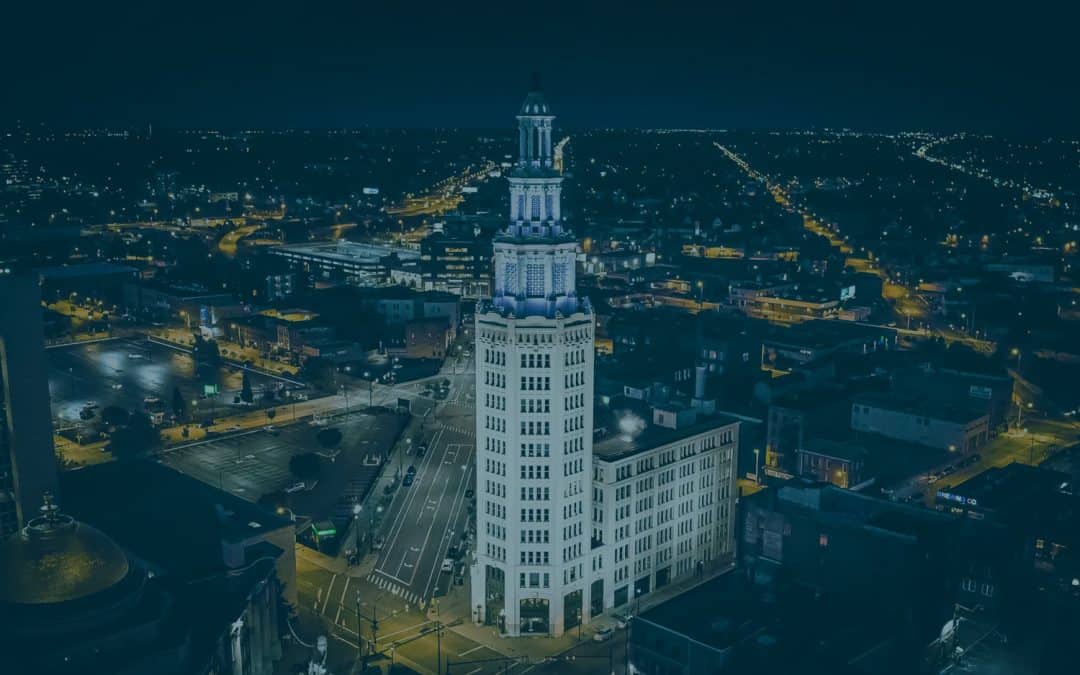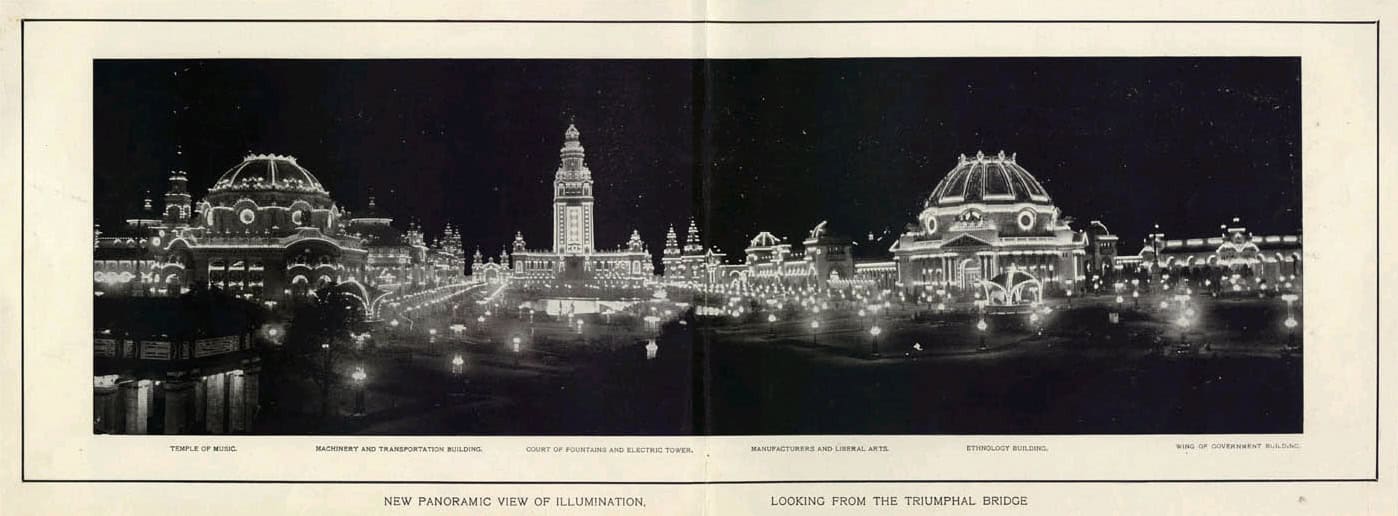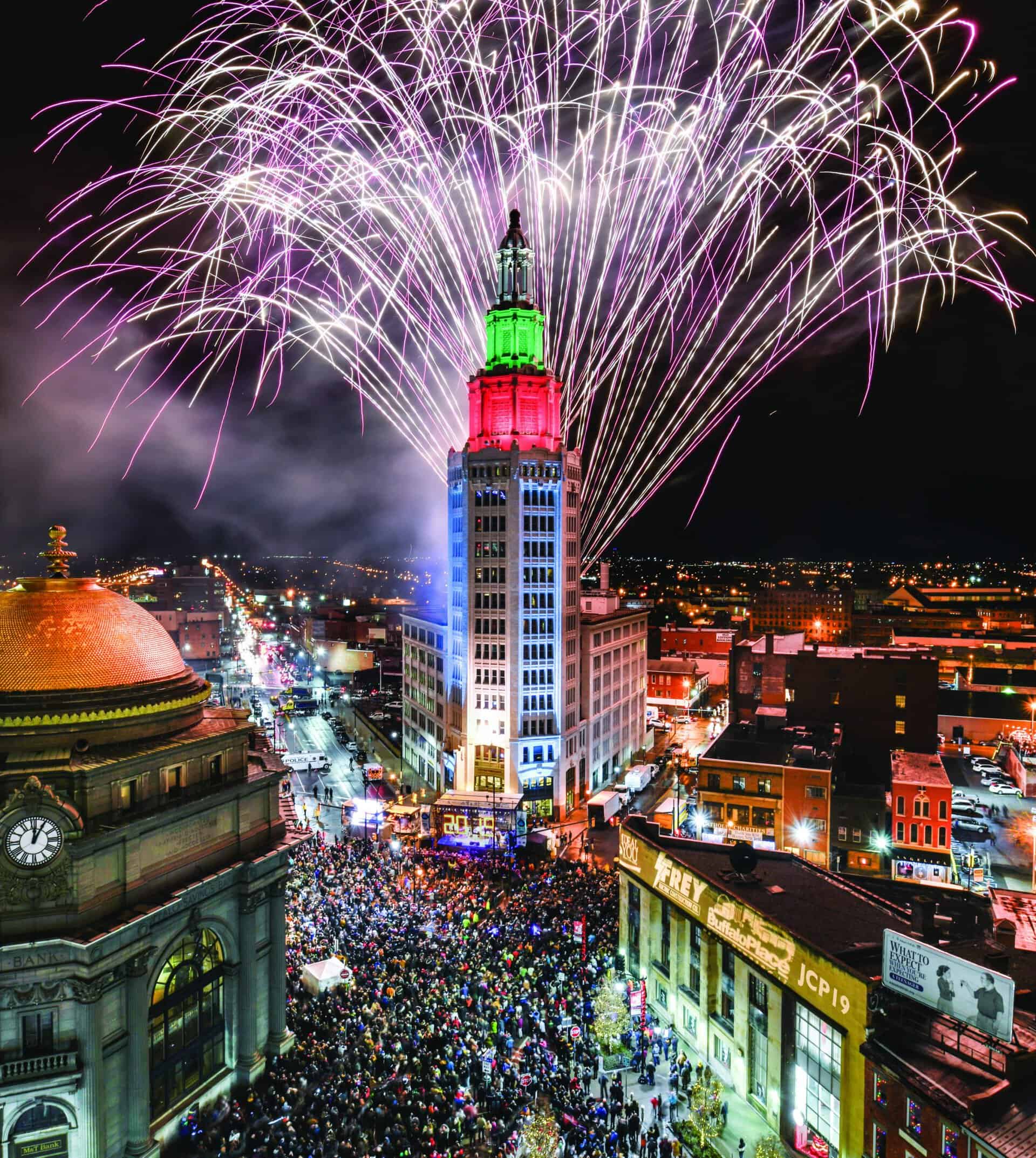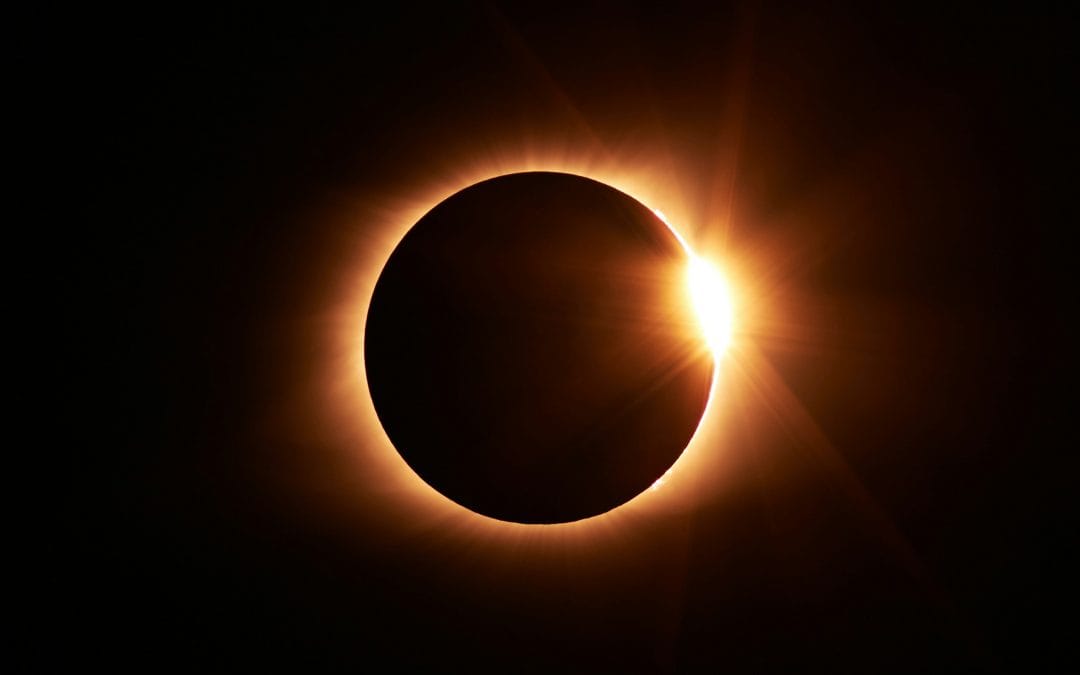
Tourism in Totality
As tourism marketing pros, we move heaven and earth to bring visitors to our DMO clients. There’s nothing more satisfying than the thought of thousands upon thousands of people flocking to a city or region, booking hotels and setting out, cameras in hand, to experience the sights.
Until all those people decide to arrive in ONE DAY.
That’s the forecast for two of our clients, Destination Niagara USA and Visit Rochester, NY, whose cities are on the path of totality for the historic April 8 solar eclipse.
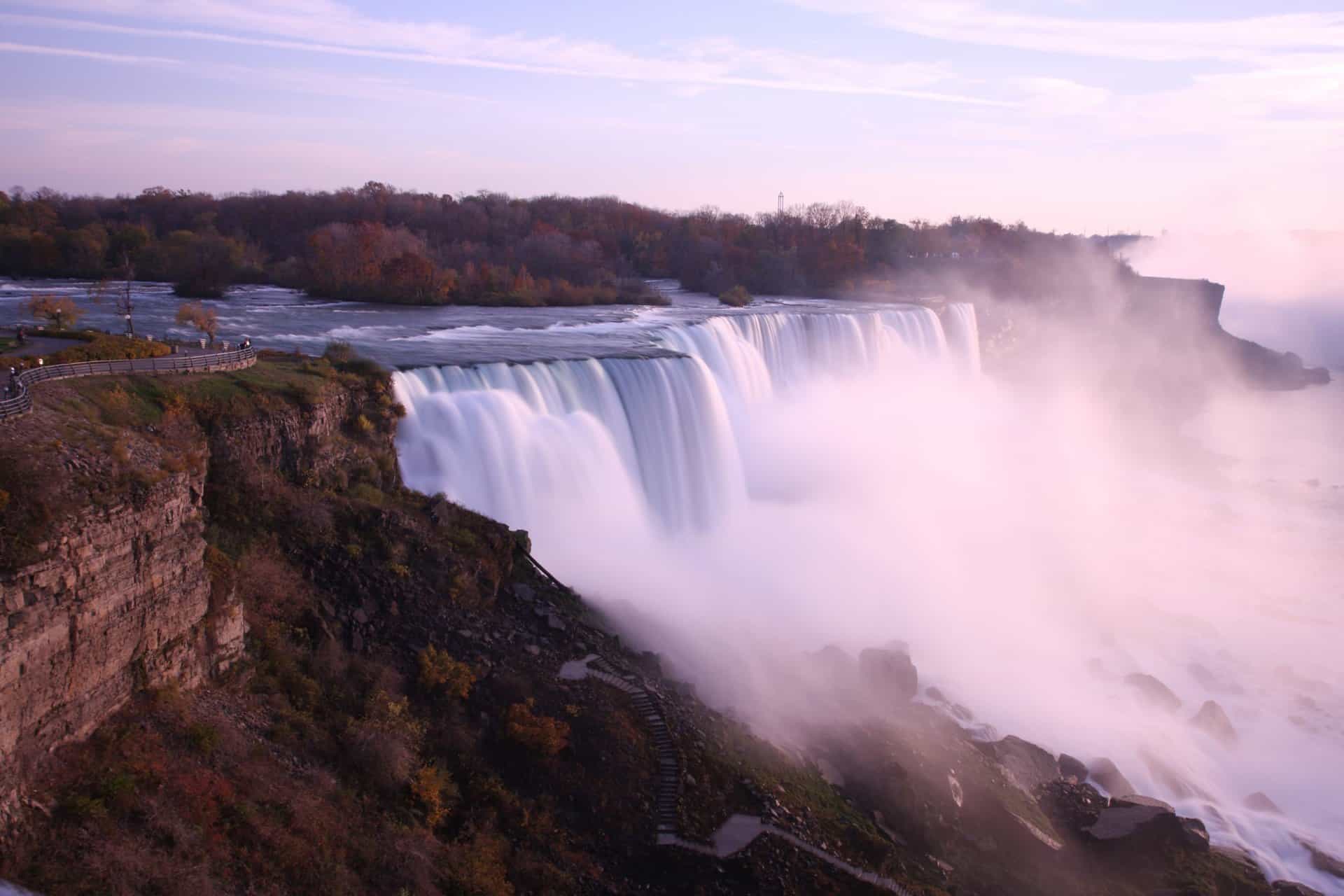
Destination Niagara USA
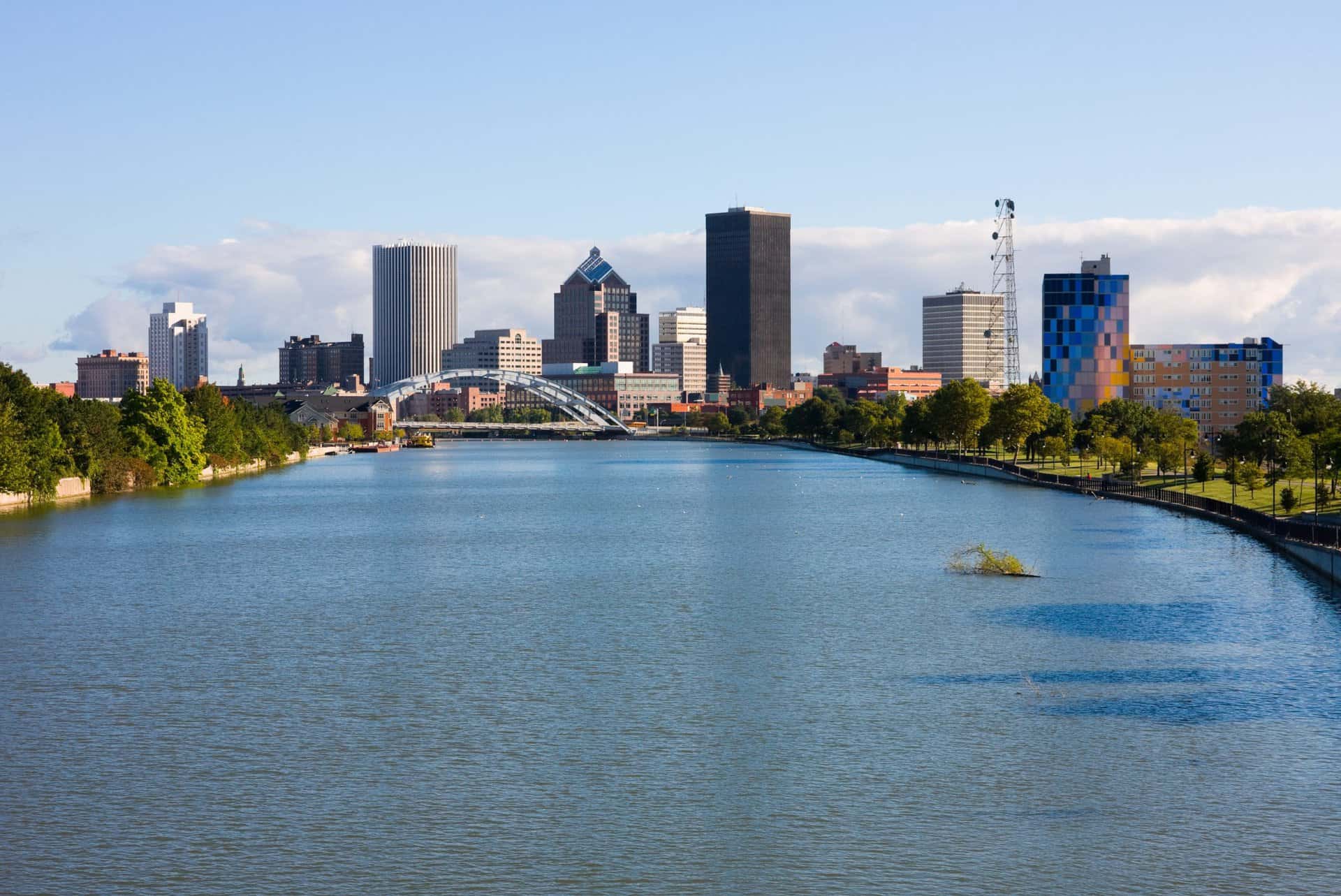
Visit Rochester, NY
It turns out that some of the attractions we highlight profusely in both cities’ travel guides and video footage are also the very best spots in the whole world to see this celestial event. In January, National Geographic named Niagara Falls the most picturesque place to view the eclipse and named Rochester the city with the best museums along the path of totality. Both cities, along with Buffalo, have appeared as big red dots on every map, on every newscast, for over a year, highlighting the best places to put on those cardboard glasses and stare at the sky.
As a result, visitors from around the world are flocking to both destinations in what appear to be record numbers, snatching up every available hotel room, Airbnb, VRBO, and friend’s extra couch to be there to witness this rare celestial phenomenon.
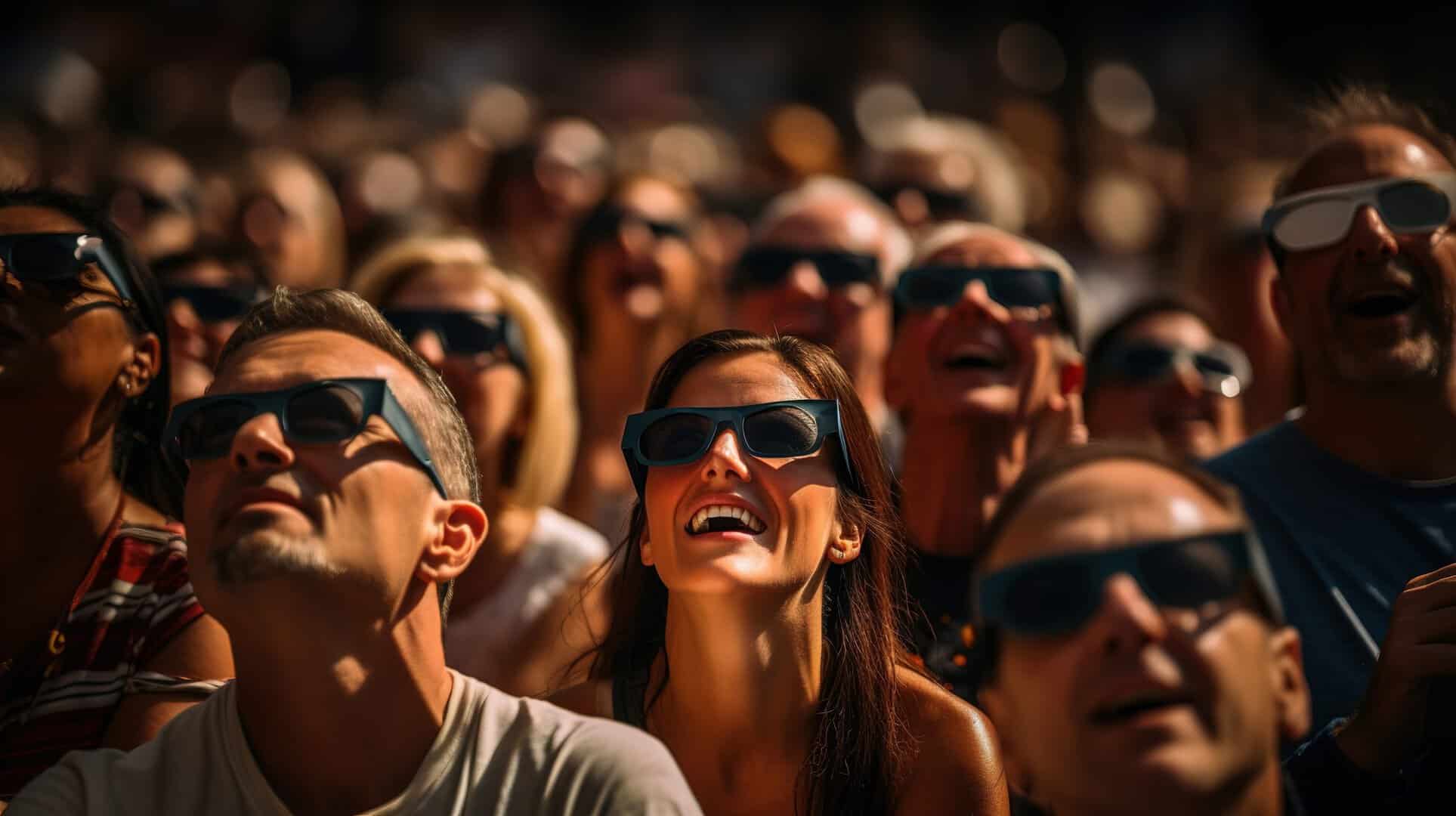
At first, it sounds like a great thing—a rare opportunity for organic visitation, exposing throngs of people to the sights, culture, food and people that define these destinations. Or maybe not. Instead, masses of visitors descending on a city for one day to witness less than four minutes of action in the sky creates really interesting challenges for DMOs and hospitality businesses responsible for welcoming and hosting so many people. Rochester expects 300,000 to 500,000 visitors, while Niagara Falls and Buffalo are predicting to see closer to a million (each). To put those numbers in perspective, Las Vegas’s Allegiant Stadium only fit 65,000 to watch Super Bowl 2024.
What little lodging hasn’t already been booked is priced astronomically high. Business and institutional closures are being announced by the minute, shutting tourists and locals alike out of government buildings, museums, grocery stores, shops, restaurants, and even some parks. Parking is expected to be non-existent, and traffic pros are cautioning about an immovable gridlock of vehicles all trying to reach viewing destinations and pop-up events simultaneously. Tourism and hospitality employees are making contingency plans for how they’ll get themselves to work Monday. Concerns over too many people with too few resources prompted the Canadian side of Niagara Falls to preemptively issue a state of emergency the week before the event.
But, it’s also possible that this brief, eclipse-inspired visit to Niagara Falls or Rochester will spark visitor interest in returning to catch the sights unincumbered by crowds. Some of the best parts of both destinations will still be available for enjoyment, including the Falls themselves and surrounding parks, Rochester’s artistic and architectural gems, and the friendly residents who will undoubtedly do their best to welcome and help visitors as best they can. With years to prepare, many organizations and institutions have gone all out to plan viewing parties, days-long celebrations and special treats ranging from eclipse-inspired craft beers, ice cream flavors, and creative souvenirs. The Mayor of Rochester, Malik Evans, expects the event to have an incredible economic impact on the city, with visitors bringing in between $10 and $12 million from Saturday through Monday, the day of the eclipse.
We are sending our clients in both of these spots copious amounts of energy, good vibes, and a little bit of luck as they become the front row seats to an event of a lifetime. We hope the planets align in their favor!
We’ll post an update in the days following the eclipse to report whether predictions matched realities here in Buffalo and in our client cities along the path of totality.

